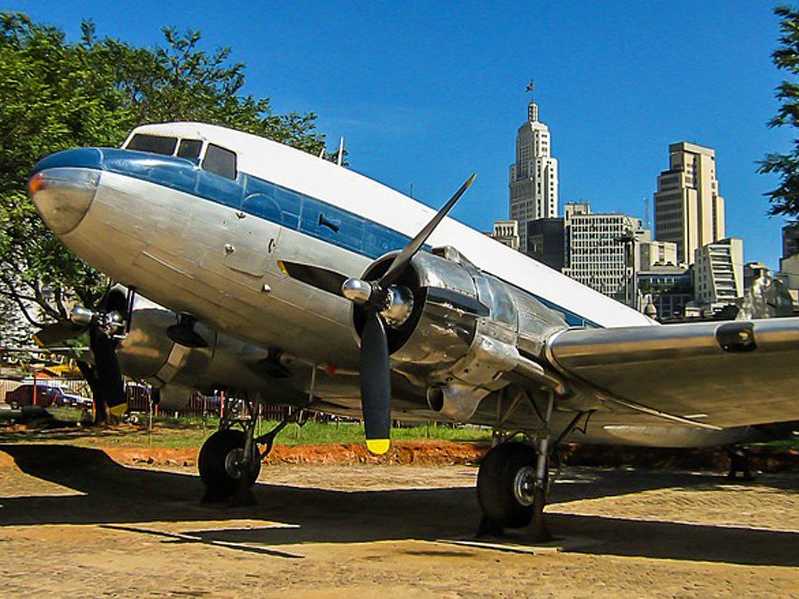Friday, 26/04/2024 | 19:51 GMT+7
It's now more environmentally friendly to fly than to drive the same distance.
That doesn't make it good for the environment, exactly, but Reuters' John Kemp reports on a new study out of the Transportation Research Institute at the University of Michigan:
Transporting one person a distance of one mile by aircraft consumed on average the energy equivalent to 2,465 British thermal units (BTUs), compared with 4,211 BTUs for moving one person one mile by car, in 2012.

If fuel use is adjusted to account for commercial freight and mail carried on passenger aircraft, flying consumed just 2,033 BTUs per person mile, according to researcher Michael Sivak.
When you account for the freight moved by aircraft, that means that flying is twice as efficient as driving. That's contrary to common belief. Take this passage from a 2013 New York Times story:
For many people reading this, air travel is their most serious environmental sin. One round-trip flight from New York to Europe or to San Francisco creates a warming effect equivalent to 2 or 3 tons of carbon dioxide per person. The average American generates about 19 tons of carbon dioxide a year; the average European, 10.
This both is and isn't true. Air travel is better for the environment when compared with driving the same distance, but people often fly because they are going much further than they would like to drive. It's much worse to take a 6 hour flight than a 6 hour drive. But between a six hour drive and a one-hour flight of the same distance, flying is likely the better environmental option.
Kemp says that cars replaced airplanes as the most energy-intensive things Americans do around the turn of the millennium. Since the 1970s, he says, "the amount of energy consumed per passenger-mile by aircraft has fallen by almost 80 percent while the efficiency of driving has improved by less than 17 percent."
It's important to note, as the Times passage hints at, that this research is for the United States, with its notoriously giant cars. The average energy-efficiency of a car in Europe or Asia is likely greater.
Anh Tuan








.jpg?w=367&h=206&mode=crop) Energy efficiency and conservation usage is an important aspect of the national energy development strategy
05/03/2024
Energy efficiency and conservation usage is an important aspect of the national energy development strategy
05/03/2024
 Challenges and Opportunities to promote energy efficiency market in Vietnam
Challenges and Opportunities to promote energy efficiency market in Vietnam
 The Ministry of Industry and Trade requests government agencies to coordinate in organizing Earth Hour 2024
The Ministry of Industry and Trade requests government agencies to coordinate in organizing Earth Hour 2024
 Consultation on Energy Efficiency Boiler Catalogue and Wood Drying Guideline
Consultation on Energy Efficiency Boiler Catalogue and Wood Drying Guideline
 Son Ha Co., Ltd, applies energy efficiency and conservation measures
Son Ha Co., Ltd, applies energy efficiency and conservation measures
.png?w=367&h=206&mode=crop) Request for expression of interest - C2.1.13: Capacity Building on energy efficiency policies development
Request for expression of interest - C2.1.13: Capacity Building on energy efficiency policies development
 Phuc Kien Co., Ltd., is effectively implementing energy-saving measures
Phuc Kien Co., Ltd., is effectively implementing energy-saving measures
 Request for expression of interest - C2.1.12: Independent monitoring of safeguards implementation
Request for expression of interest - C2.1.12: Independent monitoring of safeguards implementation